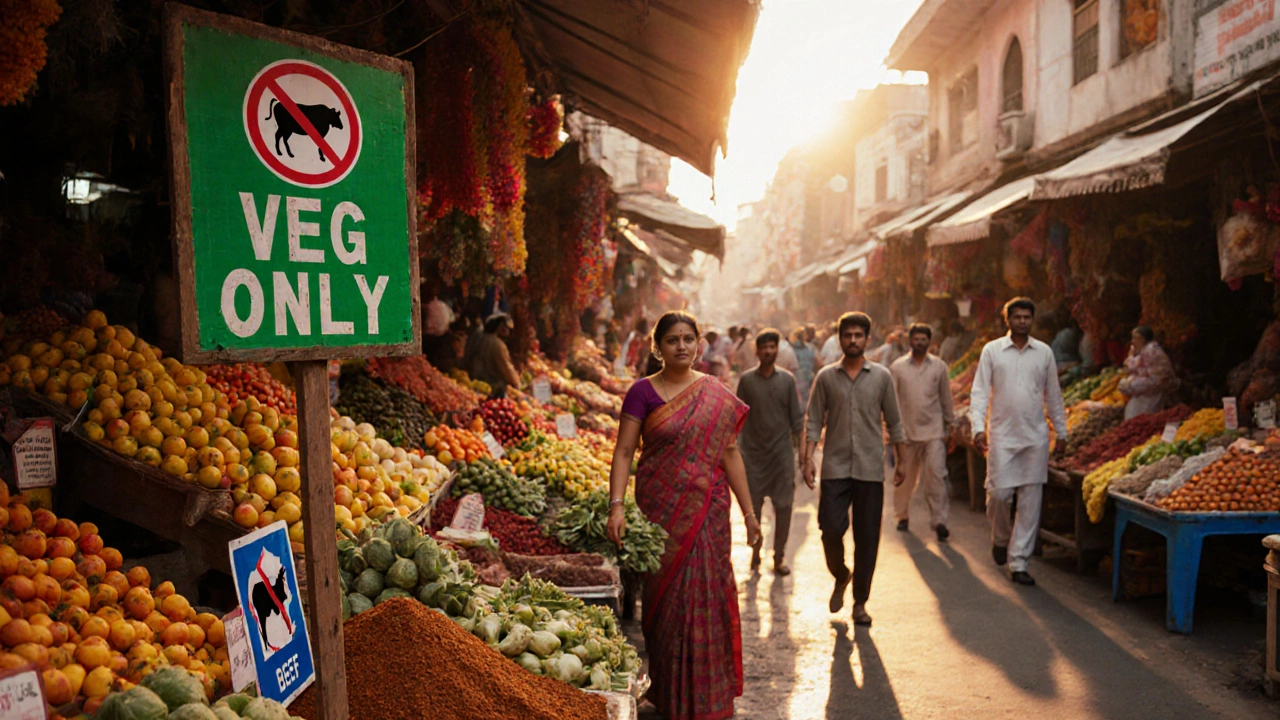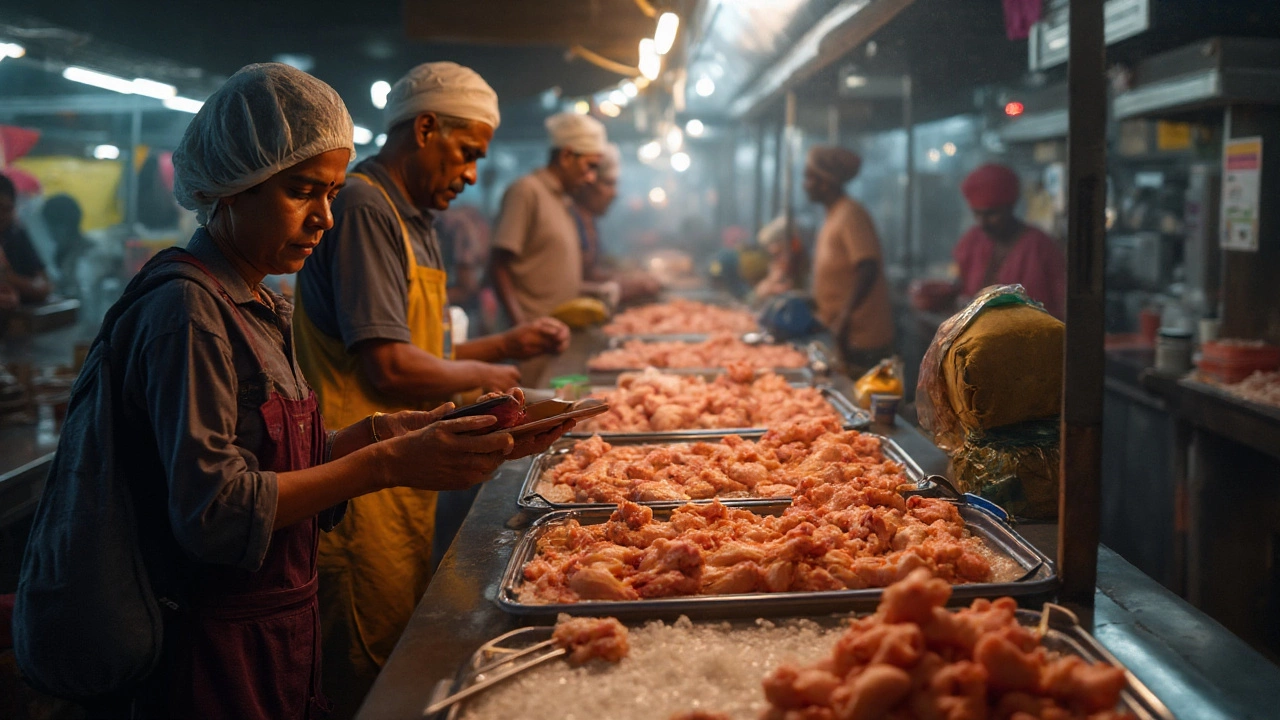
India’s Food Taboos: What Not to Eat Across Regions & Religions
Explore India's food taboos across religions and regions, learn what not to eat, and get practical tips for travelers to respect local customs.
When we talk about Indian food culture, the living system of rituals, ingredients, and shared meals that bind communities across India. It’s not just what’s on the plate—it’s who cooked it, when, and why. In Tamil Nadu, a simple rice ball offered at dawn isn’t just breakfast—it’s a prayer. In Punjab, a plate of butter chicken isn’t just dinner—it’s a wedding gift. This isn’t cuisine as entertainment. It’s cuisine as belonging.
Diwali sweets, the sugar-laced treats exchanged during the Festival of Lights, aren’t random desserts. They’re symbols of prosperity, shared in exact numbers to avoid bad luck. In Bengal, Durga Puja, the autumn festival honoring the goddess turns entire neighborhoods into food courts, where homemade luchi and alur dom are offered to guests as sacred hospitality. Meanwhile, in Tamil villages, Karthigai Deepam, the festival of lamps is marked by lighting oil lamps beside steaming pongal—sweet rice cooked in milk, meant to honor the sun and the harvest. These aren’t isolated traditions. They’re threads in the same cloth.
Indian food culture doesn’t follow a single recipe. It follows rhythm. The way a Tamil family prepares sambar on Tuesdays. The way a Punjabi household saves the last spoonful of ghee for the next day’s roti. The way a Bengali grandmother teaches her granddaughter to pinch the perfect dumpling for kheer. These habits are passed down without manuals, taught through silence and repetition. You don’t learn Indian food from a cookbook. You learn it from watching your aunt’s hands move, from the smell that fills the house before dawn, from the way elders say, "This is how we’ve always done it."
What you’ll find below isn’t a list of recipes. It’s a map of meaning. You’ll see how Diwali connects to Tamil traditions, how music and food share the same rhythms, and why a blue god in ancient art has more to do with your lunch than you think. These posts don’t just describe meals—they explain why they exist, who they honor, and how they keep culture alive, one bite at a time.

Explore India's food taboos across religions and regions, learn what not to eat, and get practical tips for travelers to respect local customs.

Yes-chicken is widely eaten across India. Here’s how to do it right: laws, culture, halal vs jhatka, safety tips, pricing, festivals, and the best regional dishes.